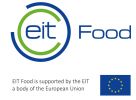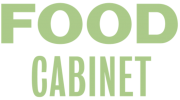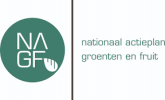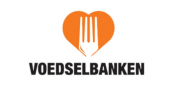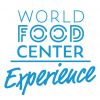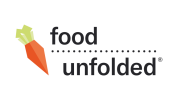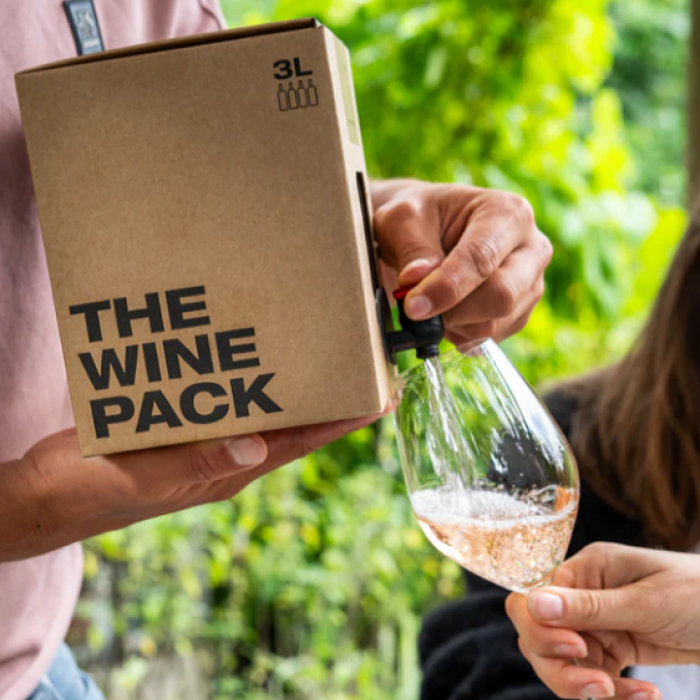How well do you know your consumer?
We offer crystal clear consumer insights that help food companies to innovate faster and communicate with more impact.
Our expertise
We are experts in sustainable food marketing and innovation. We understand how consumers make food choices. Because we are in the center of the European food system we know what is going on.
Types of research we do
We are experts in consumer research. Our research approach combines methodological rigour and pragmatism and is founded on decades of hands-on experience in the insights world.
We love working with food companies and non-profits that want to have a positive impact on society and our planet. Together we empower consumers to make food choices that are good for them as well as for the Earth.
What’s on our minds
-

Let’s stop with ‘sustainability’
The word ‘sustainable’ has become a hollow, overused term. Instead, we should use the term ‘future-proof’.
-
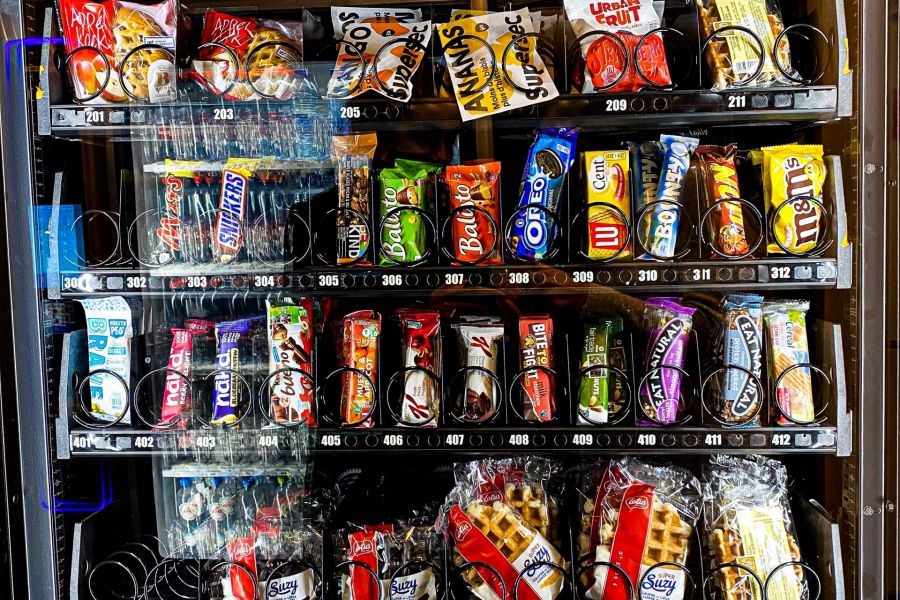
Consumers are concerned about ultra-processed foods
Among scientists and nutritionists, the risks of this type of food have been debated for years, however, the consumer’s perspective has been missing.
-

Five years later, is there evidence that the Nutri-score leads consumers to healthier food choices?
While the certification has made its mark on hundreds of products in supermarkets like Albert Heijn, the question remains: does it guide consumers toward choosing healthier foods?
-
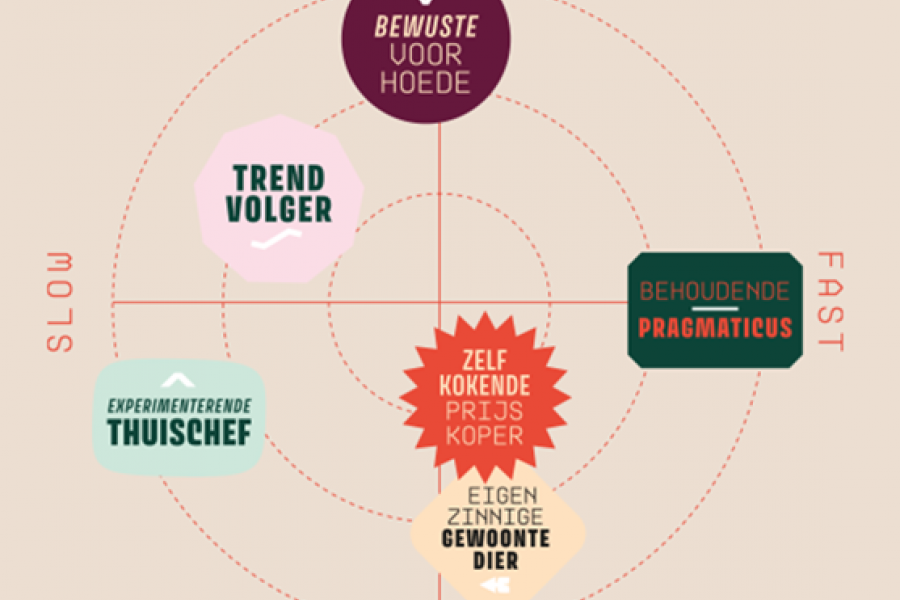
A Food Oriented Consumer Segmentation
A sharply targetted marketing approach with a clear consumer segment in mind might well mean the difference between being succesful and muddling along. Check our Food Profiles model for help.
-
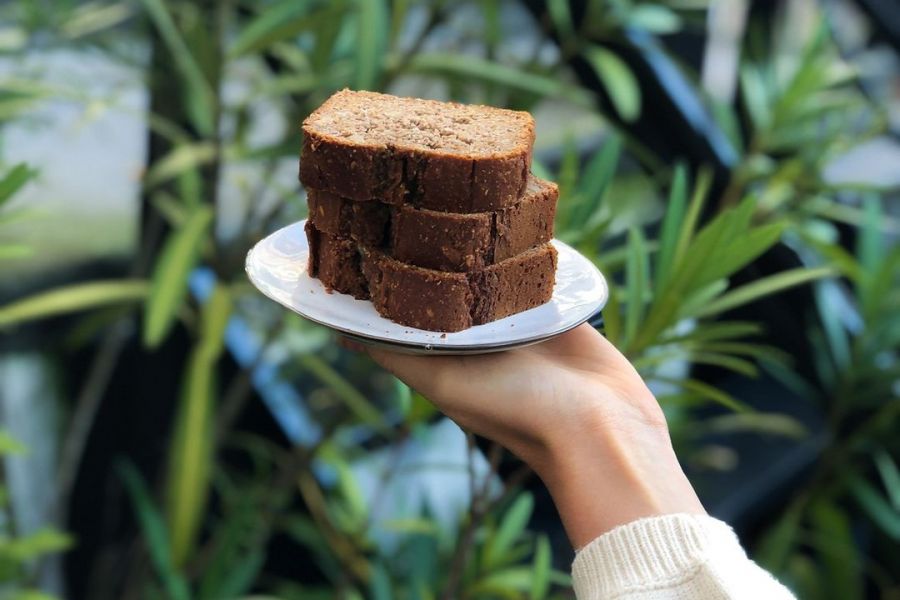
Fight food waste or buy a treat?
Banana-rescuer SUNT wanted to better understand how their customers and other potential target groups think about their brand and what they stand for. We advised them on how to translate what consumers want into product innovation and branding strategies.
-

Dutch consumers are not alone in doubting the effectiveness of the sugar tax
While a new flat-rate tax increase has been announced for sugary drinks, feedback from consumers and lessons from the UK indicate that this measure is a missed opportunity.
-
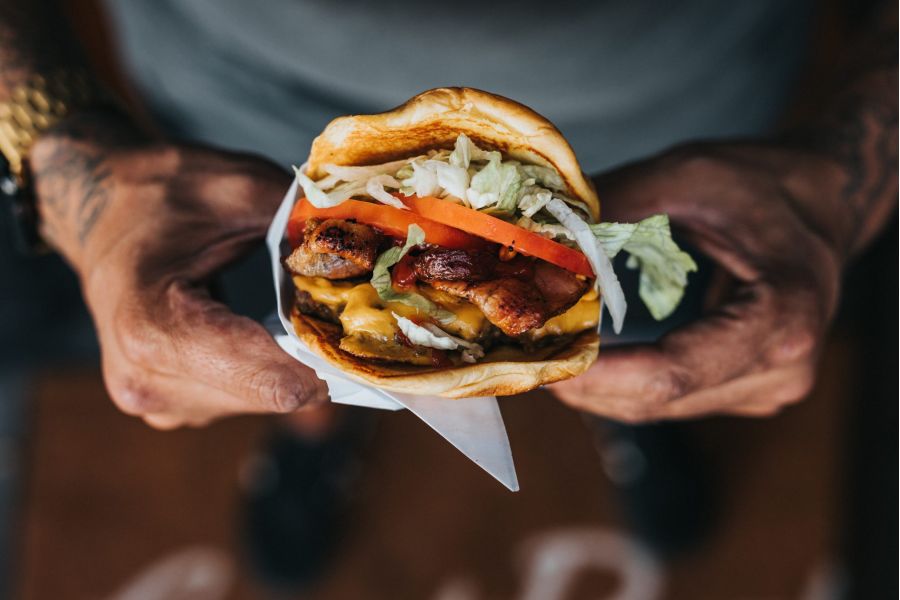
The Plant-Based Revolution: state of affairs
How do Dutch consumers feel and think and the protein transition? We found out.
-

Reverse engineering purpose onto your organisation, can it work?
‘Purpose’ is hot and so is purpose-marketing.However, without a clear link between purpose and product, a coherent and compelling strategy is difficult to define and communicate. Does it make sense for organisations to look for purpose?
-
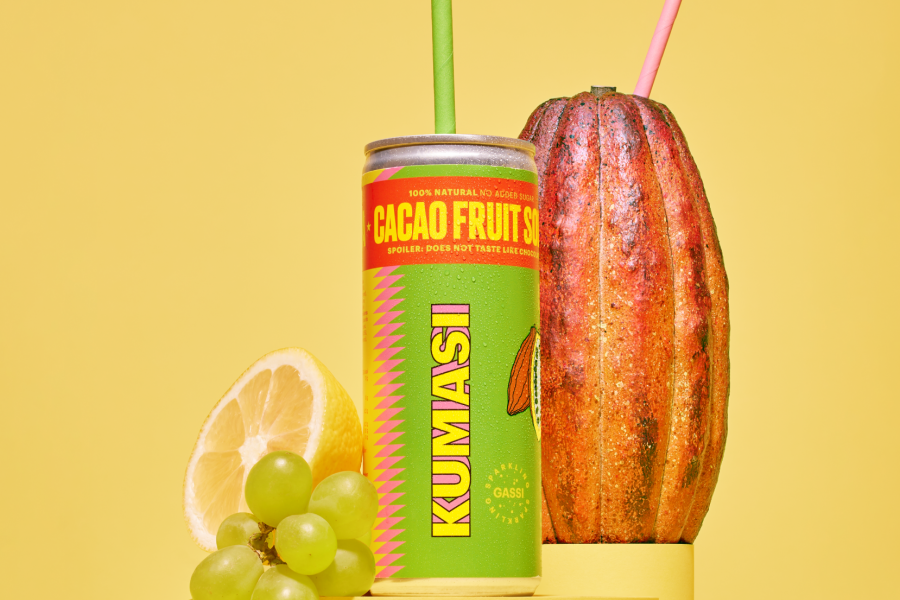
Concept testing for a soda brand that uses a novel ingredient: cocoa juice
Kumasi wanted to find out which of their strengths they need to focus on in their brand positioning and if there are any other hidden strengths that they can promote.
-
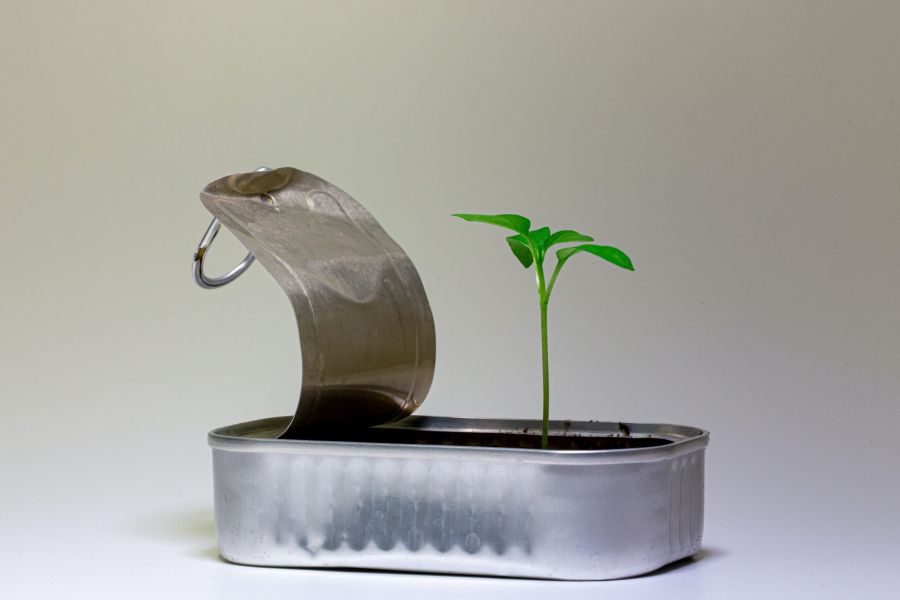
The importance of concept-tests: Who’s going to buy this? And why?
Ignoring consumers is one of the main reasons why start-ups fail or don’t even make it out of the founder’s garage.
THE WINE PACK, a sustainable wine brand, asked Future of Food Institute to perform a packaging test for their two potential new designs.
“The people at Future of Food Institute expertly and quickly helped us test our packaging and communication. The study revealed interesting areas for improvement, which we will definitely implement. The cooperation was particularly pleasant, the report was clear and to-the-point. In short: highly recommended if you want to know how your sustainable product is perceived by your target group and how you can improve it.”
We believe that understanding consumers is key to making the food system more sustainable. Successful innovation and impactful communication require a solid foundation of consumer insight.
We are the insights partner of choice for food companies and non-profits that aim to have a positive impact on society and our planet. Together we empower consumers to make food choices that are good for them as well as for the planet.
The Hague Tech - Wilhelmina van Pruisenweg 35 - 2595AN - The Hague
(+31) (0)70 2042314 - Info@futureoffood.institute
Contact
Fill in this form and we'll be in touch shortly!
Newsletter
Do you want to receive a monthly dose of insights, opinions and events? Please subscribe to our newsletter.








